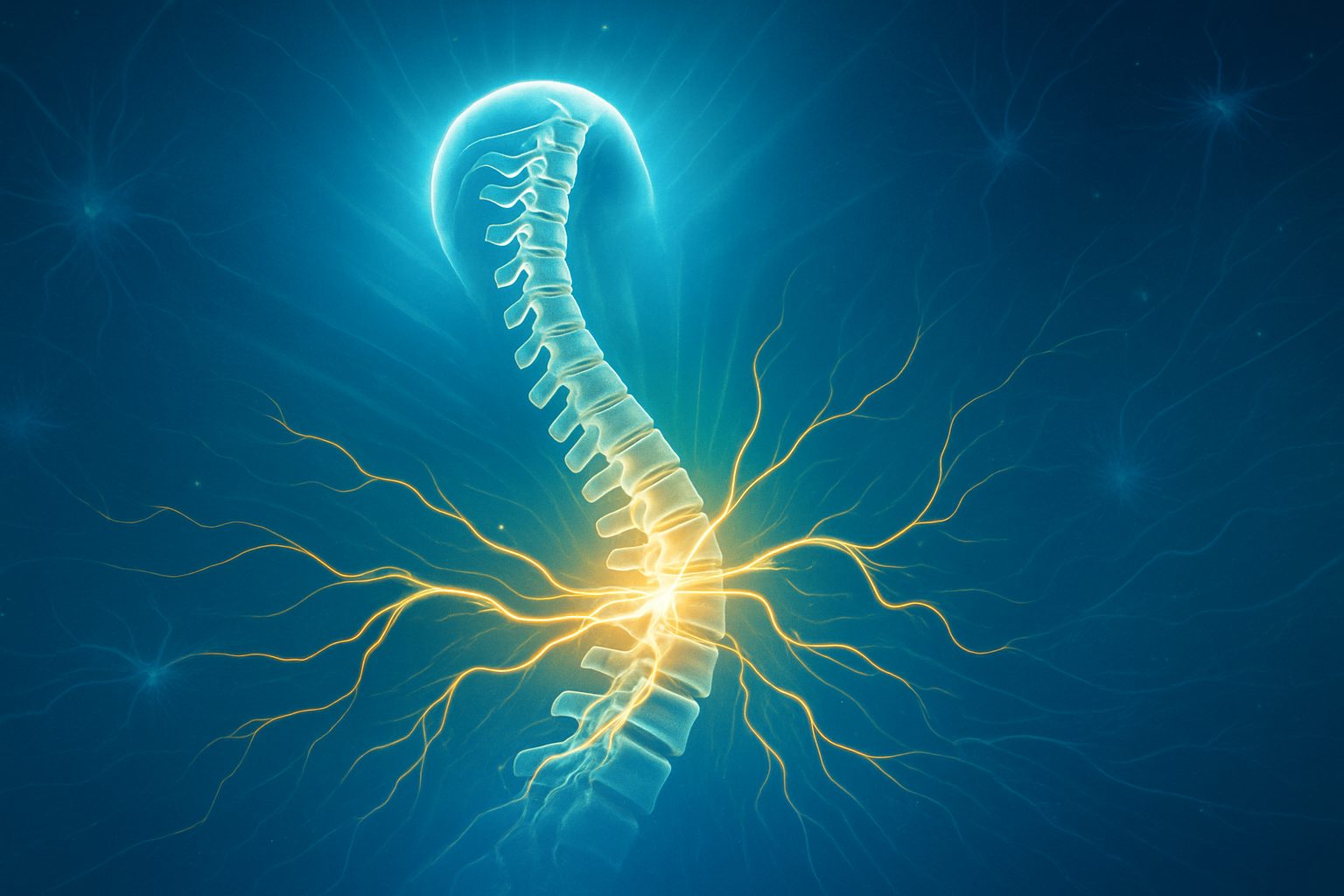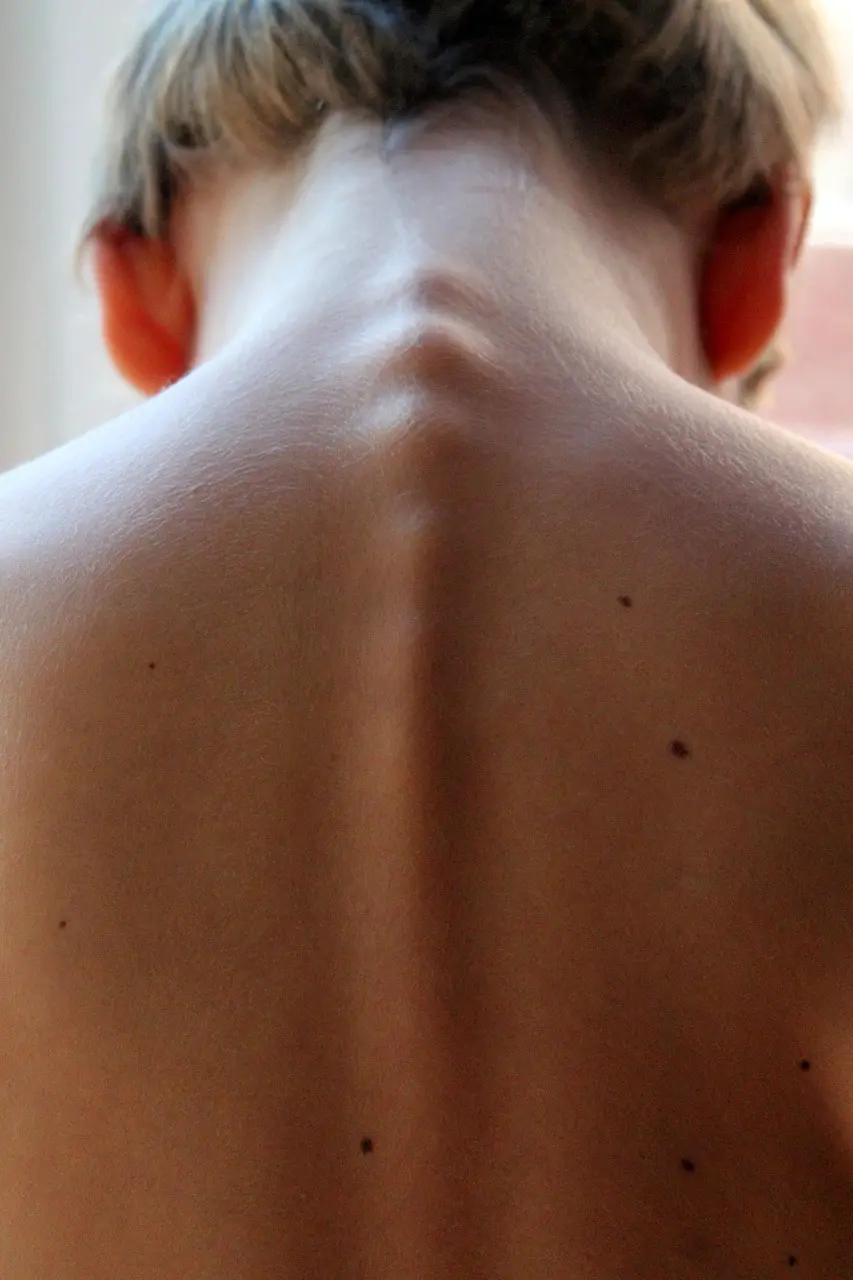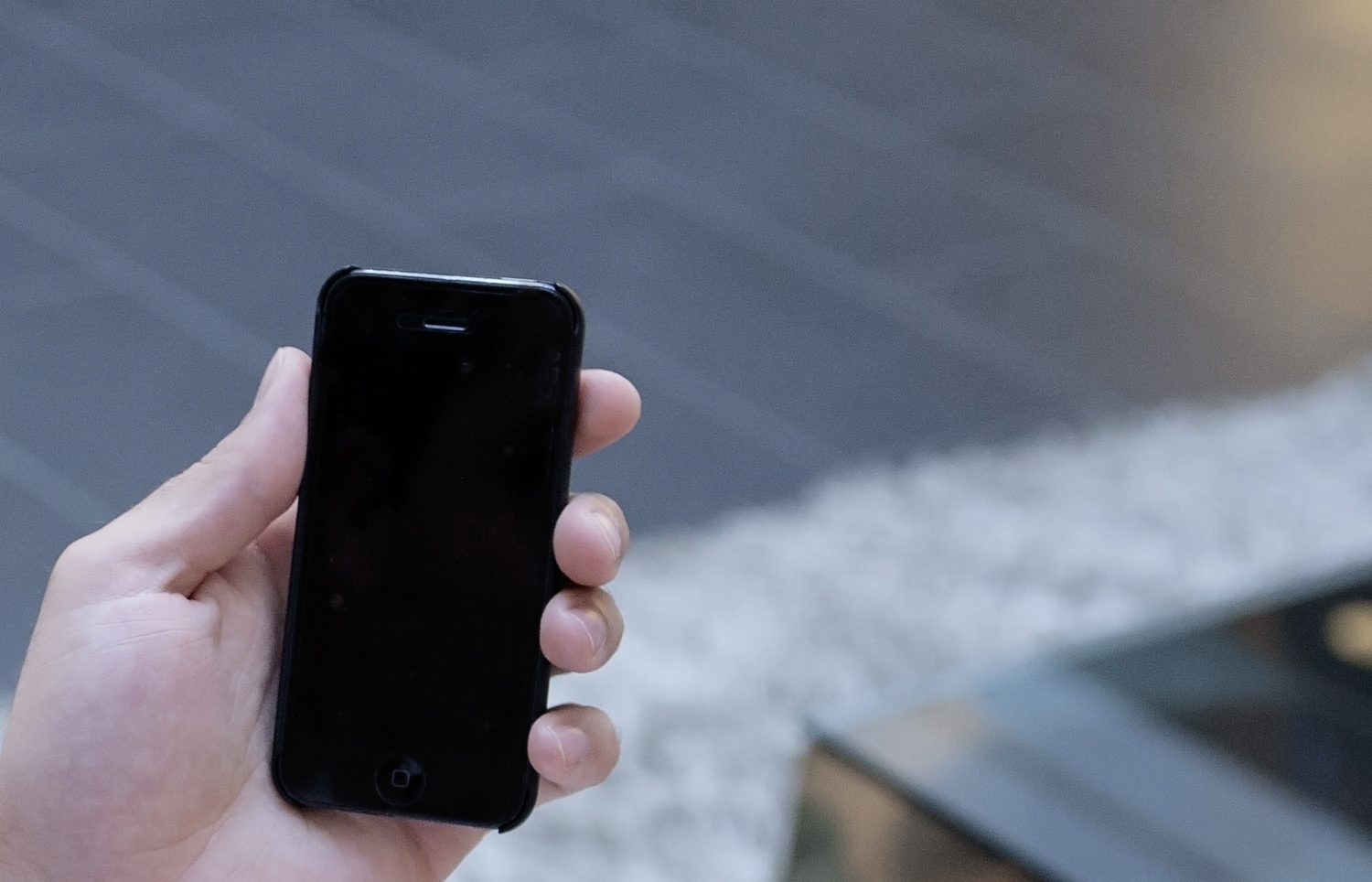Spinal cord injury is one of medicine’s toughest frontiers. For decades, millions of people living with paralysis have been told the same thing: there is no cure. But now, a team of researchers in Brazil say they may have discovered a way to restore lost movement.
The experimental drug, called polylaminin, is being hailed as the first therapy capable of regenerating the spinal cord. Derived from proteins found in the human placenta, it has shown extraordinary results in early trials. Some patients who were completely paralyzed reportedly regained voluntary movement.
But the real question is: is this a breakthrough fact, or hype?
What Is Polylaminin?
Polylaminin is a polymeric form of laminin, a protein naturally found in the extracellular matrix that supports nerve growth. By enhancing and stabilizing laminin’s regenerative power, Brazilian scientists believe polylaminin can trigger nerve fiber regrowth and reduce inflammation in damaged spinal cords.
The drug is injected directly into the spinal cord after an injury. Once there, it appears to create an environment where neurons can reconnect and restore lost communication between the brain and body.
(See: ResearchGate study on polylaminin promoting regeneration)
The Human Trial That Shocked Researchers
In early 2024, a small pilot clinical trial was launched in Brazil and published as a preprint on medRxiv.
- Eight patients with severe spinal cord injuries received a one-time injection of polylaminin.
- All were treated within days of their injury, when chances of natural recovery are extremely low.
- Tragically, two patients did not survive due to the severity of their trauma.
- The remaining six, however, experienced something unprecedented: each regained voluntary motor control below their injury site.
For comparison, in past trials of other therapies, patients with complete spinal cord ruptures rarely show meaningful recovery. Seeing movement return shocked even veteran researchers.
Still, this was a tiny, uncontrolled study – and much more evidence is needed.
But the promise is there. And I am very happy to hear this, because there are sooooooooooo many medical breakthroughs we need!
“To move our big toe, we only need two neurons. One is here in the brain and communicates with the second neuron in the spinal cord, which is inside the spine. The second neuron then leaves the spine and goes to the big toe to carry information so that it can move. What happens in an injury is that the communication between these two neurons—the one here and the other inside the spine—is interrupted. What we discovered here was a way to reestablish this connection,” explains Tatiana Coelho de Sampaio quoted by ReBEC.
Evidence From Animals and Veterinary Studies
Polylaminin’s promise isn’t based only on humans.
- Rodent studies showed significant regrowth of axons and improved motor function after spinal cord injury. (Source: PubMed study on polylaminin in rats)
- In dogs with chronic paralysis, treatment with polylaminin (combined with other factors and rehab) led to measurable gait improvements over months, with no major side effects. (Source: Frontiers in Veterinary Science 2025)
These findings suggest the drug’s effects may not just be a coincidence, but translation from animals to humans always requires caution.
Why Experts Are Excited – and Cautious
There’s no doubt the results are exciting, but scientists stress this is only the beginning.
Reasons for optimism:
- First reported human recovery of movement after complete spinal cord injury.
- Backed by decades of animal research.
- Offers hope for millions living with paralysis.
- Innovation coming out of Brazil, showing the country’s rising role in biomedical research.
Reasons for caution:
- Small, non-randomized human trial (only 6 survivors).
- No placebo or control group.
- Long-term safety and durability of recovery are unknown.
- Regulatory approval (in Brazil and worldwide) is still far away.
As one biotech analysis put it: “This is a provocative discovery, but requires caution until validated in larger, blinded clinical trials.”
(Source: IBIS.bio commentary)
What’s Next for Polylaminin?
For polylaminin to become a real treatment available to patients, researchers must complete several crucial steps:
- Peer-reviewed publication of full trial results.
- Larger, randomized, multicenter clinical trials to confirm effectiveness.
- Long-term monitoring to assess durability and safety.
- Regulatory review and approval from Brazil’s ANVISA and global authorities.
- Scaled-up production that meets international medical standards.
- Until then, it remains a hopeful experimental therapy – not yet a cure.
Why This Breakthrough Matters
Spinal cord injury affects an estimated 27 million people worldwide. Current treatments focus only on rehabilitation, not regeneration.
If polylaminin (or similar therapies) truly works, it could redefine medicine, offering paralyzed patients something they’ve never had before: a genuine chance to walk, move, and live without restrictions. A drug that can regenerate damaged spinal cords would be amazing!
And beyond spinal injuries, regenerative therapies like this may one day target strokes, neurodegenerative diseases, and more.
Bottom Line: Is It Real?
The truth lies somewhere between miracle and media hype. Polylaminin has shown unprecedented early results, but the science is still in its infancy. For now, it represents extraordinary hope – not a proven cure.
Still, this Brazilian discovery is one of the most exciting developments in regenerative medicine in decades. The world will be watching closely as larger trials unfold.
Key Takeaway for You
✅ Patients walked again in early trials – but it’s too soon to call it a cure.
✅ The science is strong – but needs validation.
✅ This could change millions of lives – if it works at scale.
Final Thought
Breakthroughs in medicine often begin with bold claims and cautious skepticism. Brazilian scientists may have just opened the door to a future once thought impossible: reversing paralysis.
But as with all science, one question remains: can hope turn into proven healing?
What makes this discovery so powerful is not just the science behind it, but the hope it sparks. For decades, people with spinal cord injuries have been told that recovery was impossible. Now, for the first time, there is a treatment that could one day rewrite that narrative. Even though we are still at the very beginning, polylaminin represents a new chapter – one where paralysis may not be a life sentence.
Of course, caution is still needed. Scientific breakthroughs must go through years of testing before they reach hospitals and patients. But even with these early steps, it’s hard not to imagine what life could look like if this therapy proves effective on a large scale: people walking again, families seeing loved ones regain independence, and a ripple effect that transforms rehabilitation medicine worldwide.
Personally, I find it inspiring that this innovation comes out of Brazil – a reminder that groundbreaking science can happen anywhere, not just in the most traditional research hubs. If polylaminin lives up to its promise, it won’t just be a medical milestone; it will be a testament to perseverance, vision, and human ingenuity. And I truly hope we will see it become a safe and accessible solution for patients across the globe.
Photo sources: 1 – created with ChatGPT, 2





